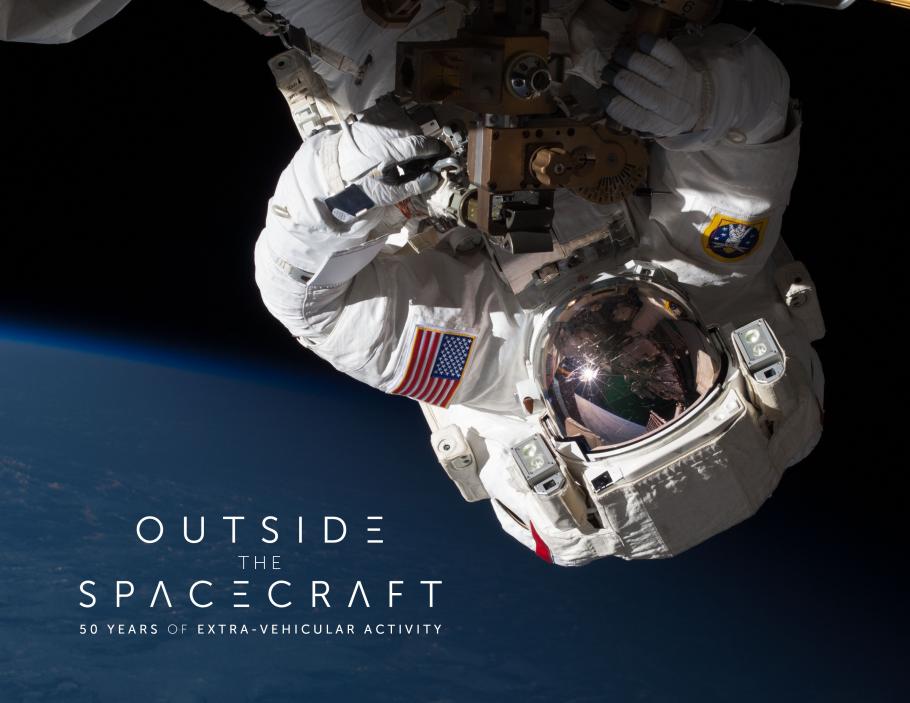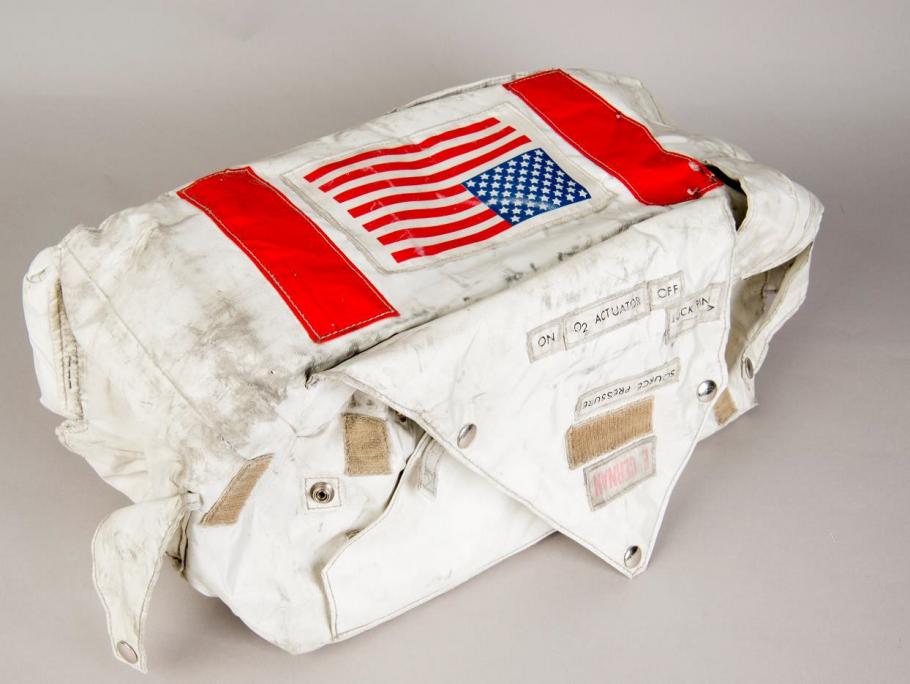At the height of the summer of 2013, when I was getting ready to go on maternity leave to have my second child, I found myself as the only curator signed on to an anniversary exhibition celebrating the first spacewalks done in 1965. Now, this was unusual for a few reasons. First, I had to wait at least three to four months to start the project which left only about a year to get it done. Second, not only was I not alive when those spacewalks occurred, but I also was not alive for the last lunar extra-vehicular activity (EVA) in 1972. Feeling a bit under qualified and overcommitted, I went on to find out just what it took to make something notional only 18 months ago into a beautifully vibrant reality. Here are some of the lessons I learned and proudest moments from this experience.
1. Assemble a great team.
I knew this from the start, but assembling a good team was the first key to our success, and I could not have been more fortunate to get an outstanding set of colleagues together for this project. Each brought years of expertise, creative thinking, and a willingness to believe in a vision for something special. And when I was at my most frazzled, trying to spend time on the exhibit and finish my dissertation, they came through with moral support and helping hands to make sure everything worked out. Lisa, Richard, Vicki, Mychalene, Beatrice, Jeannie, Dave C., Alex, Linda, and all of the people who supported them proved what we all believe can come from hard work here at the Museum. Nobody has ever done an exhibit single-handedly at the Smithsonian, and despite the comments of some of my teammates, a curator is not a superhero. Every Superman has their Lois Lane and Jimmy Olsen. Every Han Solo has their Chewbacca and Luke Skywalker. The leader cannot succeed without amiable, honest, and talented supporters, making this exhibit as much theirs as it is mine.
2. Integrating the Museum’s digital engagement strategy into planning from day one allowed the website and physical exhibit to enrich each other almost seamlessly.
At the same time this exhibit project was in full swing during early 2014, the Museum was also preparing a digital engagement strategy, which I also happened to assist in writing. Having the overall Museum goals in mind, we kept looking for ways to insert those into our physical and virtual exhibits. Not all of our brainstorming resulted in actual products, but our real and virtual helix glove displays are prime examples of how we can develop displays and additional content for the in-person and online visitors.
3. Not every idea is a good idea.
We had an idea for an online app along the way, which would have been one of the Museum’s first. It was meant to engage our younger audience, connecting them to our content in a fun way. It did not happen, but I am not heartbroken. It just was not the right fit for us at the time and we were wise to let it go and move on to better things.
4. NASA has many photographs online, and even more that are not.
I must have looked at thousands of photographs of astronauts on EVA before selecting the 20 or so seen in the exhibit, and I am sure that does not even scratch the surface of what astronauts captured over the last 50 years. To make this more mind numbing, an astronaut commented to me recently that he usually took around 10,000 photographs on each mission. And he flew six times. Wow.
5. There are hidden treasures around every corner here at the National Air and Space Museum.
Even after almost 13 years of working at this Museum, this workplace and its employees never cease to amaze me. We made some unexpected finds stored away at our facility in Suitland, MD, and were fortunate to receive a loan of recently discovered gems from the family of the first person to walk on the Moon. We also get to show, for the first time at the Museum, some beautifully engineered tools used to service the Hubble Space Telescope, deployed 25 years ago this April. The willingness of our staff to put in long hours and hard work to get our exhibit open on time was a humbling experience.
This exhibit was a treat to work on, to celebrate the 50th anniversary of accomplishments I was not alive to see, but still have a special meaning to me. Like Ed White and Jim McDivitt (the Gemini IV crew, and White performed the first U.S. spacewalk), I hail from the University of Michigan, and as a fellow Wolverine, I am so proud to commemorate their milestone mission with this exhibit. I am never shy about saying this, but I have the best job on the planet.



